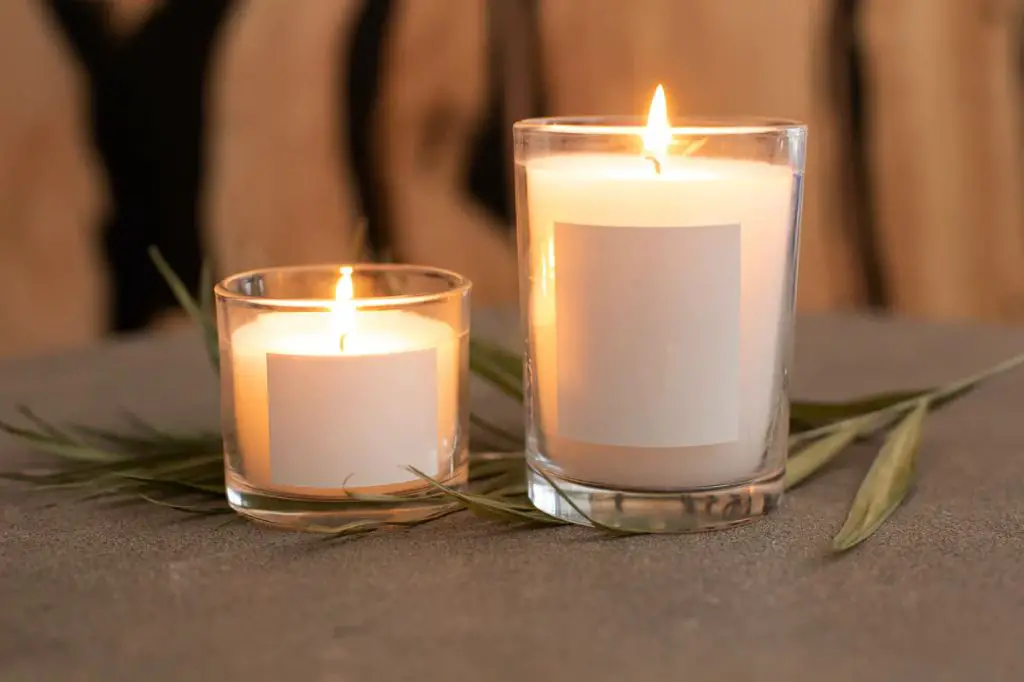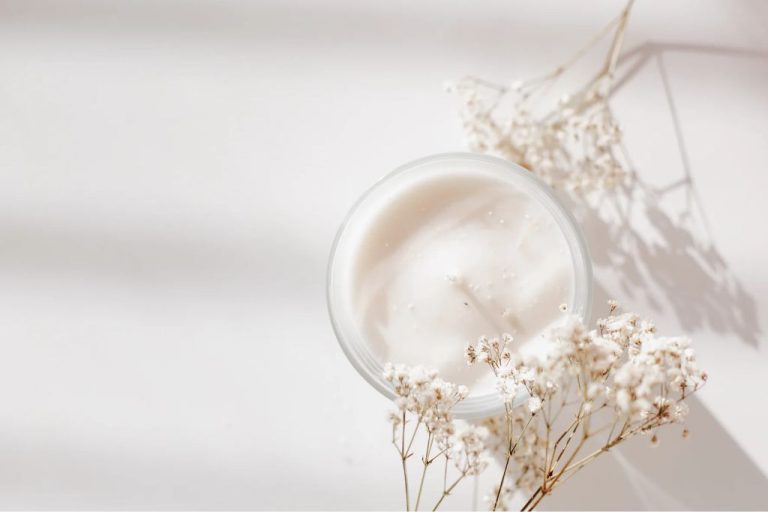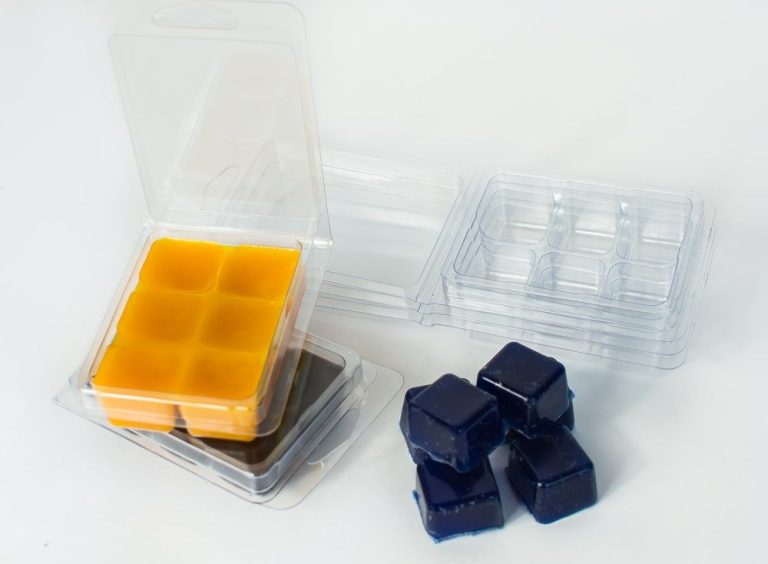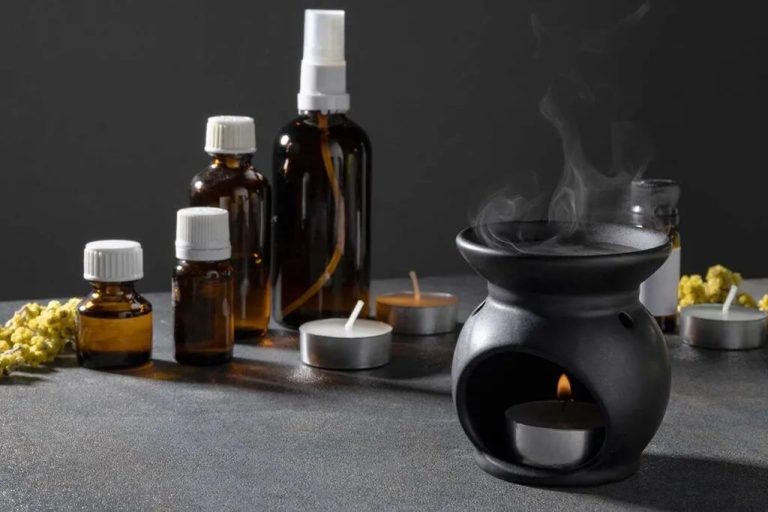How Do You Add Essential Oils To Unscented Candles?
Adding essential oils to candles is a great way to create customized, therapeutic scents. The fragrance from scented candles comes from essential oils, which provide many benefits. Studies have shown that scented candles can help reduce stress and anxiety, boost mood, increase focus and even help you sleep better (Source). The aromatic compounds in essential oils can trigger your sense of smell, which is closely linked to your emotions and memories. When inhaled, these compounds send signals to your limbic system, which controls emotions and behavior (Source). This makes scented candles an easy and effective form of aromatherapy. Adding your own essential oil blends allows you to create custom candle scents with therapeutic benefits.
Choosing Your Candle
The best type of candle to use when adding essential oils is an unscented or lightly scented candle. Heavily scented candles already have fragrance oils added, which can overpower or compete with the essential oils (https://suffolkcandles.co.uk/blogs/candles/best-candle-wax-for-essential-oils). An unscented or lightly scented candle provides a blank slate for the essential oils to shine.
Pay attention to the type of wax used in the candle. Soy wax, beeswax, coconut wax, and rapeseed wax are good options as they retain scent well (https://nikura.com/blogs/discover/best-wax-for-candles). Paraffin wax is not ideal for essential oils as it does not hold fragrance as effectively. Select a wax with a lower melting point like soy if you want more scent throw from the essential oils.
Selecting Your Essential Oils
When choosing essential oils for candle making, consider which scents will create your desired aroma. Some of the most popular oils for candles include:
Lavender – This versatile oil has a beautiful, floral scent that can promote relaxation. It’s one of the most popular essential oils.
Peppermint – The sweet yet invigorating minty aroma of peppermint essential oil can improve focus and energy.
Citrus oils like lemon, grapefruit, and orange – These bring a bright, uplifting citrusy scent.
Vanilla – This warm, sweet scent is comforting and perfect for baking-inspired candles.
Tea tree – With its clean, medicinal aroma, tea tree oil can help create spa-like candles.
Also consider the intensity of the oils. Strong oils like peppermint and lemongrass have a potent aroma, while lighter floral scents like lavender are more delicate. Blending stronger and lighter oils can create a balanced, complex fragrance.
Essential Oil Safety
When using essential oils in candles, it’s important to be mindful of safe usage limits. According to research from Edens Garden, essential oils should not exceed 1% of the total candle wax weight. Going beyond this limit can lead to issues like soot buildup. It’s best to start with smaller amounts like 0.5-1% and adjust from there based on scent throw and performance.
You’ll also want to keep in mind that some people may have sensitivities to certain essential oils. Strong or irritating oils like cinnamon, clove, and lemongrass may cause issues for those with allergies or sensitive skin. It’s smart to avoid these oils or use them sparingly in candle blends. Testing candles in small batches first is advised. Additionally, proper wick size and curing time is important to minimize soot and scent throw issues when using essential oils in candles.
Calculating How Much to Use

When adding essential oils to candles, it’s important to use the right amount. Too little and you won’t get much fragrance. Too much can make the candle unsafe or the scent overpowering.
The general recommendation is to use 1-3% essential oil per pound of wax. For example, for a 1 lb candle, use 0.3 to 0.9 oz (15-30 mL) essential oil [1]. To calculate:
- Weigh wax in ounces
- Multiply weight by 0.01 to 0.03 to get oil amount in ounces
- Convert ounces to mL (1 oz = 29.57 mL)
So for 16 oz wax, use 0.16 to 0.48 oz (4.7 to 14 mL) essential oil.
It’s best to start low, around 1%, then test and adjust. Adding too much at first can overwhelm the scent. For larger candles, use 2 tsp oil per 4 oz wax as a starting point [2].
Testing different amounts will allow you to find the ideal scent strength for your preferences. Record your test ratios so you can tweak and repeat success.
Adding Oils to Wax
When scenting candles, you can add essential oils directly to the melted wax before pouring it into containers. This method allows the fragrance to distribute evenly throughout the wax. According to this source, add no more than 1% essential oil per pound of wax. Any more may lead to oil leaking or sweating. For example, for 16 oz of wax, use around 0.15 oz or 4-5 drops of essential oil.
Another option is to use fragrance oil wicks, which are infused with essential oils. As the candle burns, the oils are heated and released into the air. Per this guide, wrap regular wicks with a paper towel soaked in your desired oils before inserting into the wax. This creates a stronger initial scent when the candle is first lit. Replace the wick after each burn to maintain fragrance.
Adding Oils to Candle Jars
There are two main methods for adding essential oils directly to candle jars before pouring in the melted wax:
Directly to Unmelted Wax
One way is to add a few drops of essential oil directly onto the unmelted wax inside the candle jar. This allows the fragrance to infuse into the wax as it melts. Be sure to add the oils sparingly – 2-3 drops per ounce of wax is usually sufficient (1). Gently swirl the wax after pouring to distribute the oils.
With Bamboo Skewers
Another technique is to put several drops of oil onto a bamboo skewer, then use the skewer to coat the inside of the jar before pouring in wax. This helps the fragrance adhere to the glass surface. It’s important not to overdo it with this method – a thin coating is enough (2).
Both techniques allow some fragrance to interact with the cooled wax layer along the sides of the jar, giving a stronger scent throw when the candle is burned.
Making Scent Layers
One creative way to add essential oils to candles is through scent layering. This involves using different scents at different heights in the candle to create a more complex aromatic experience. As the candle burns down, the scent will change with the different layers.
There are a couple main approaches to scent layering candles:
- Use different scents by height – Pour layers of wax with alternating scents to achieve a progression of fragrances. For example, you could pour a rose oil layer on the bottom, a lavender middle layer, and a citrus oil top layer. As the candle burns through each segment, the scent will change.
- Combine complementary scents – Blend essential oils that work well together to make signature scents. Pairings like lavender and cedar or jasmine and sandalwood create pleasant, complex aromas. Refer to fragrance blending guides for recommended combinations.
Take care to test scent combinations in small amounts first before pouring full layers. This will ensure the fragrances blend nicely. Scent layering allows for creativity and a unique candle experience as the fragrance unfolds.
Testing and Curing
After pouring your candle, it’s important to test the scent to make sure it’s adequate and balanced. Let the candle sit for around 1 hour until a thin layer of wax has hardened on top. At this point you can gently sniff the candle to test the scent strength and fragrance mix. If the scent is too light, you may need to add more essential oils next time. According to CandleScience, letting soy candles cure for at least 2 weeks before burning allows the fragrance to fully settle into the wax. During this curing time, the scent may slightly change as top notes fade.
Proper curing also helps prevent issues like wet spots, sinking, and tunneling when the candle is burned. As the candle cures, molecules in the wax align and create a tighter structure. CandleScience recommends curing soy candles away from direct light and allowing plenty of ventilation. Once cured, do another scent test before burning or adding to your home. With custom blends, the curing process can help you perfect the art of candle making.
Sources:
– https://www.candlescience.com/how-to-make-soy-candles-with-essential-oils/
– https://www.thesprucecrafts.com/how-to-cure-candle-wax-516124
Safety Tips
When making and burning candles with essential oils, it’s important to follow safety precautions to avoid potential hazards. Here are some tips:
Use the proper wick size for the candle. The wick must match the diameter of the candle and the wax being used. Too small of a wick can lead to poor flame quality, while too large of a wick can cause excessive burning and overheating (source). Follow manufacturer guidelines and test wicks first.
Follow burning instructions carefully. Never leave a burning candle unattended and keep away from flammable materials. Trim wicks to 1⁄4 inch before lighting to prevent smoking and soot. Allow the wax pool to form completely across the top before extinguishing the flame.
Store candles properly when not in use. Keep them in a cool, dry place away from direct sunlight and heat sources. Avoid temperature fluctuations which can cause cracking in the wax (source).






